
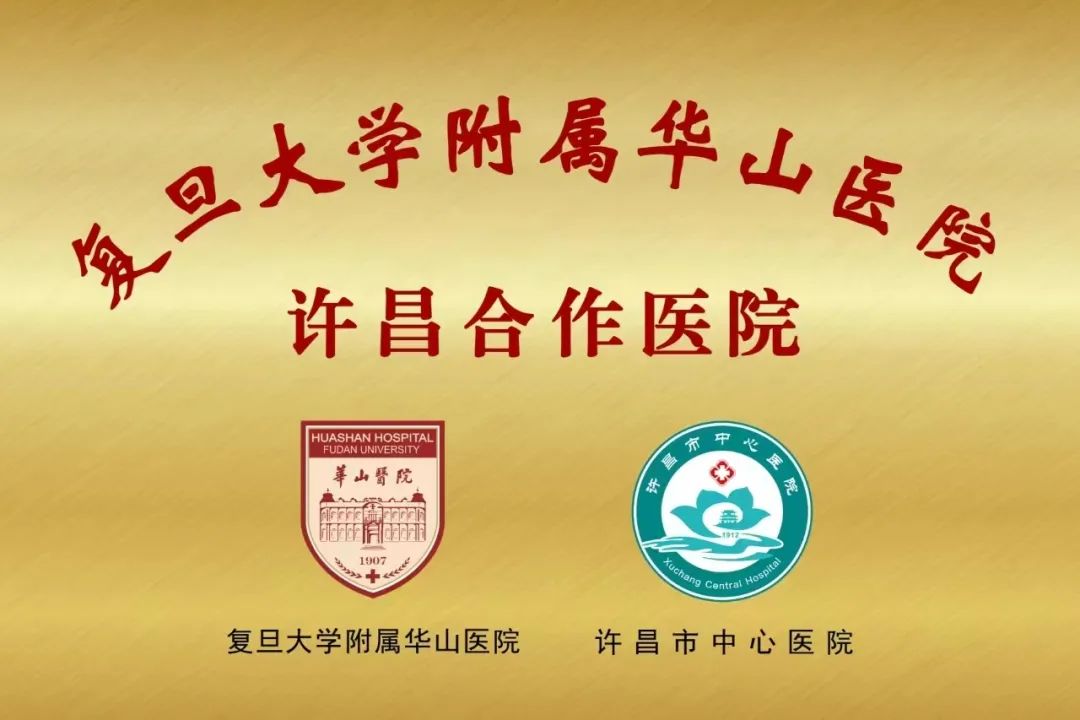


What are “Wind Cold” and “Wind Heat”?
Don’t be confused anymore!




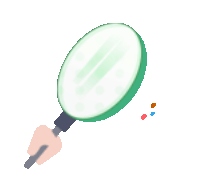
Cough
Cough
Cough
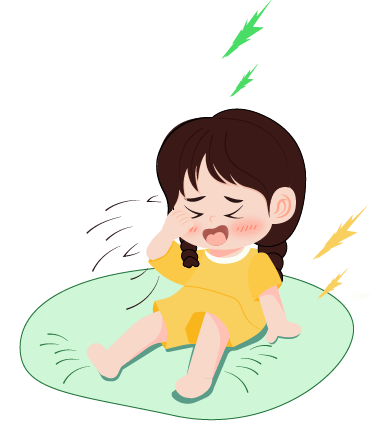

As winter approaches,
the weather gets colder,
and with the changing climate,
people are more prone to illness.
The most common is the cold.
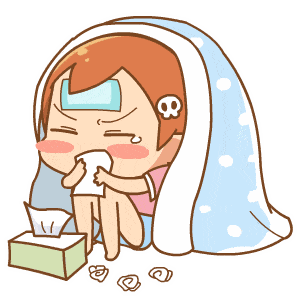
A cold is an external pathogenic disease caused by the invasion of wind evil, clinically characterized by symptoms such as headache, nasal congestion, runny nose, sneezing, cough, chills, fever, and general malaise, commonly referred to as “wind injury”. The typical duration of the illness is 3 to 7 days. Wind evil often invades with the changing seasons; for example, in spring, it is often wind-heat, in summer, it may be accompanied by heat and dampness, in autumn, it is often combined with dryness, and in winter, it is mostly wind-cold. Individuals with a weak constitution are more susceptible to wind-cold evil. This condition can occur in all seasons, but is particularly common in winter and spring.
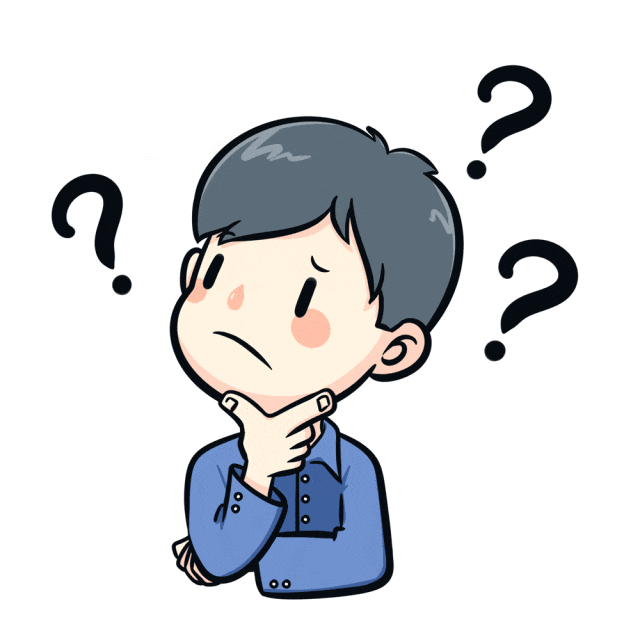
Wind Cold?
Wind Heat?
Doctor, how do we differentiate?

Differences between “Wind Cold” and “Wind Heat”
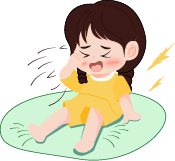
01
Wind Cold Cold

Wind Cold cold is primarily characterized by severe chills, mild fever, no sweating, headache, body aches, nasal congestion with clear discharge, cough with thin white phlegm, and a thin white tongue coating. Patients typically feel cold all over, and even adding clothing or blankets does not alleviate the discomfort. Treatment for wind cold should focus on warming and dispersing the exterior, and dispelling cold from the lungs.
Commonly used herbs include Ma Huang (Ephedra), Gui Zhi (Cinnamon Twig), and Sheng Jiang (Fresh Ginger). Additionally, patients can alleviate symptoms by drinking ginger and brown sugar water or hot porridge. In terms of diet, it is advisable to avoid raw and greasy foods and to consume warm, easily digestible foods.
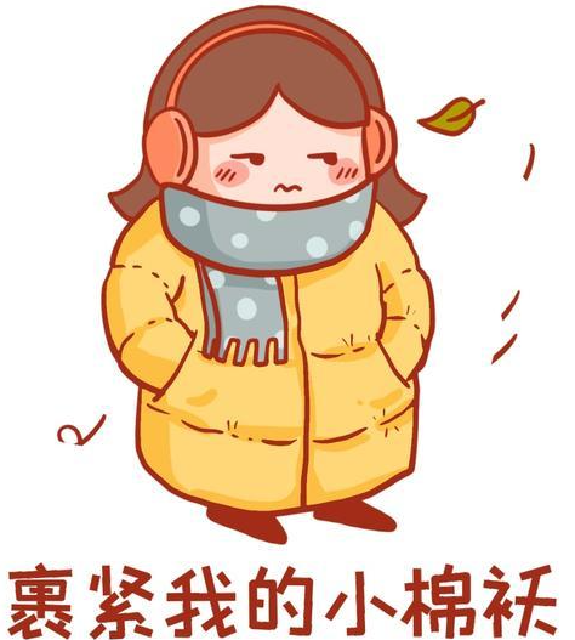
Prevention of wind cold is key to keeping warm. It is important to dress appropriately according to the weather changes to avoid getting chilled. Regular physical exercise can also help strengthen the body and improve immunity.

Wind Heat Cold
02
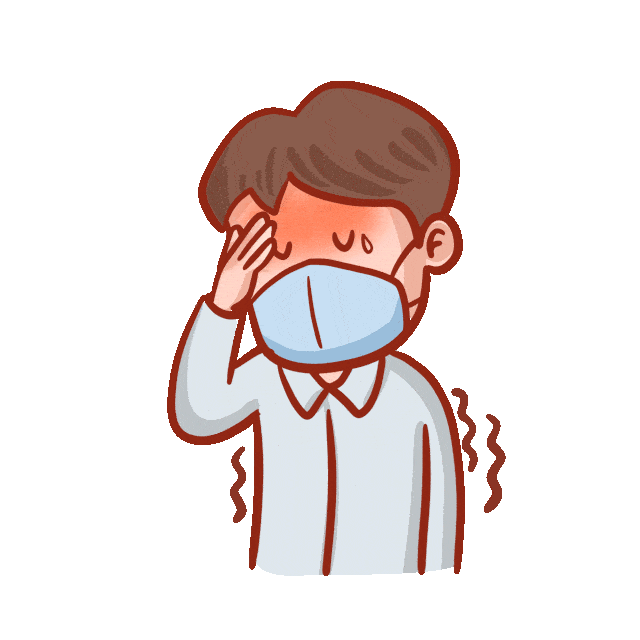
Wind Heat cold is primarily characterized by high fever, slight aversion to wind, sweating, sore throat, nasal congestion with yellow discharge, cough with yellow phlegm, red tongue tip, and thin yellow coating. Patients typically feel hot all over, with discomfort in the throat.
Treatment for wind heat should focus on cooling and dispersing the exterior, and clearing heat and detoxifying.
Commonly used herbs include Ju Hua (Chrysanthemum), Bo He (Peppermint), and Sang Ye (Mulberry Leaf). Patients should drink plenty of water and maintain a light diet, including soups with heat-clearing and detoxifying properties, such as radish soup or pear soup. In terms of diet, it is advisable to avoid spicy and greasy foods and to consume fruits and vegetables rich in vitamins.


In terms of home care, whether it is wind cold or wind heat, there are some common precautions.
First, the diet should be light, avoiding spicy, greasy, and irritating foods, and opting for fresh vegetables and fruits. Secondly, drinking plenty of water helps to eliminate toxins from the body, with a total intake of 2000 milliliters per day. Additionally, personal hygiene should be maintained, with frequent hand washing and ensuring good indoor air circulation, while avoiding crowded places to reduce the risk of infection.
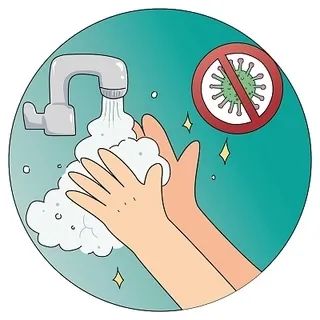
Although colds are common, one should not take them lightly. When symptoms of a cold appear, it is important to choose appropriate treatment methods based on the specific situation. If symptoms are severe or persist for a long time, it is essential to seek medical attention promptly to avoid delaying treatment. Maintaining good lifestyle habits and a regular schedule can effectively prevent the occurrence of colds.
In summary, while wind cold and wind heat have similar symptoms, their causes and treatments are distinctly different. Understanding these differences allows for targeted treatment, leading to a quicker recovery.

Contributed by Wang Kai, Department of Respiratory and Critical Care Medicine, Ward 1
Edited by Liu Runyu
Proofread by Li Ruiyuan
Reviewed by Liu Xuguang
Some images sourced from the internet. If there is any infringement, please contact for removal.

Campus Address
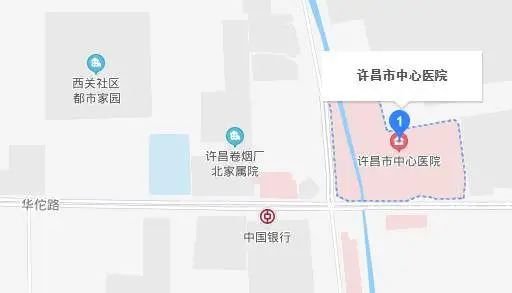
Hua Tuo Road Campus Address:30 Hua Tuo Road, Weidu District.
Bus Routes:Routes 1, 8, 31, 33, 61 are all accessible.
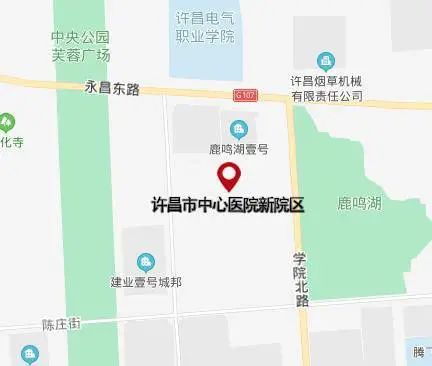
Lu Ming Lake Campus Address:666 Wenxuan Street, Dongcheng District.
Bus Routes:Routes 12, 17, 29, 31, Direct Route 3 are all accessible.
Warm Reminder:For emergency and outpatient visits, please enter the campus from the south gate of Wenxuan Road,For inpatient admissions, please enter from the north gate of Qingyuan Road.
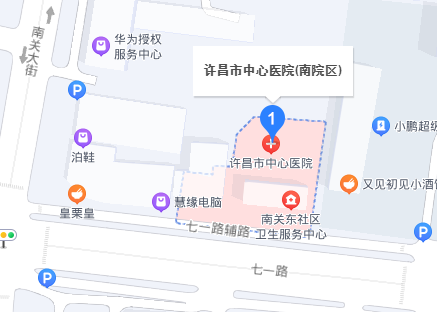
South Campus Address:938 Qi Yi Road, Weidu District.
Bus Routes:Routes 101, 102 North Line, 102 South Line, 11, 1, 5, 6, Z1, Z3, Night Bus 6, Night Bus Y1, Night Bus Y3 are all accessible.
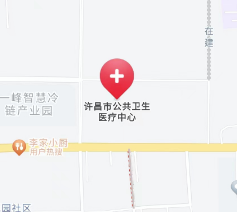
South Ring Road Campus Address: Northeast corner of South Ring Road and Ruiyuan Road, Xuchang City.
Bus Route: Route 18.
Contact Number:
Emergency Center Phone: 3353000, 3353120 (Hua Tuo Road Campus)
3120120 (Lu Ming Lake Campus)
Outpatient Consultation Phone for Hua Tuo Road Campus: 3353020 (Winter 8:00 AM – 12:00 PM, 2:30 PM – 5:30 PM; Summer 8:00 AM – 12:00 PM, 3:00 PM – 6:00 PM), Emergency Consultation Phone: 3353077 (24 hours)
Outpatient Consultation Phone for Lu Ming Lake Campus: 3353698 (Winter 8:00 AM – 12:00 PM, 2:30 PM – 5:30 PM; Summer 8:00 AM – 12:00 PM, 3:00 PM – 6:00 PM), Emergency Consultation Phone: 3353101 (24 hours)
Rehabilitation Hospital Outpatient Consultation Phone: 2858061 (24 hours), Emergency Consultation Phone: 2858120 (24 hours)
South Ring Road Campus Outpatient Consultation Phone: 3356616 (Winter 8:00 AM – 12:00 PM, 2:30 PM – 5:30 PM; Summer 8:00 AM – 12:00 PM, 3:00 PM – 6:00 PM)
–END–

Scan the QR code below for more health information
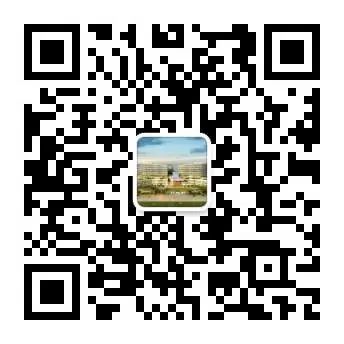
Scan to follow me

